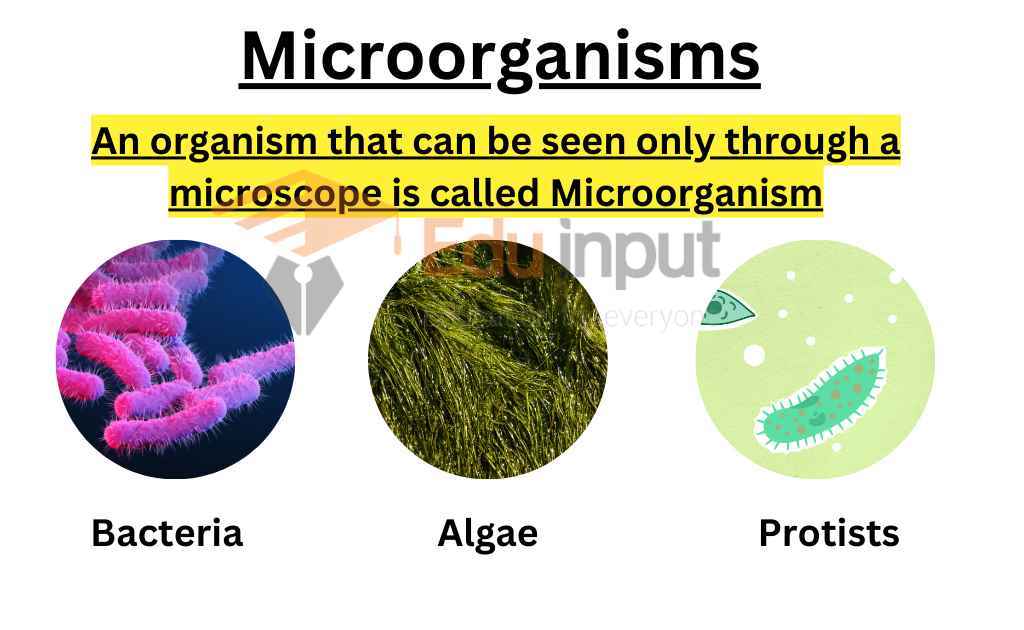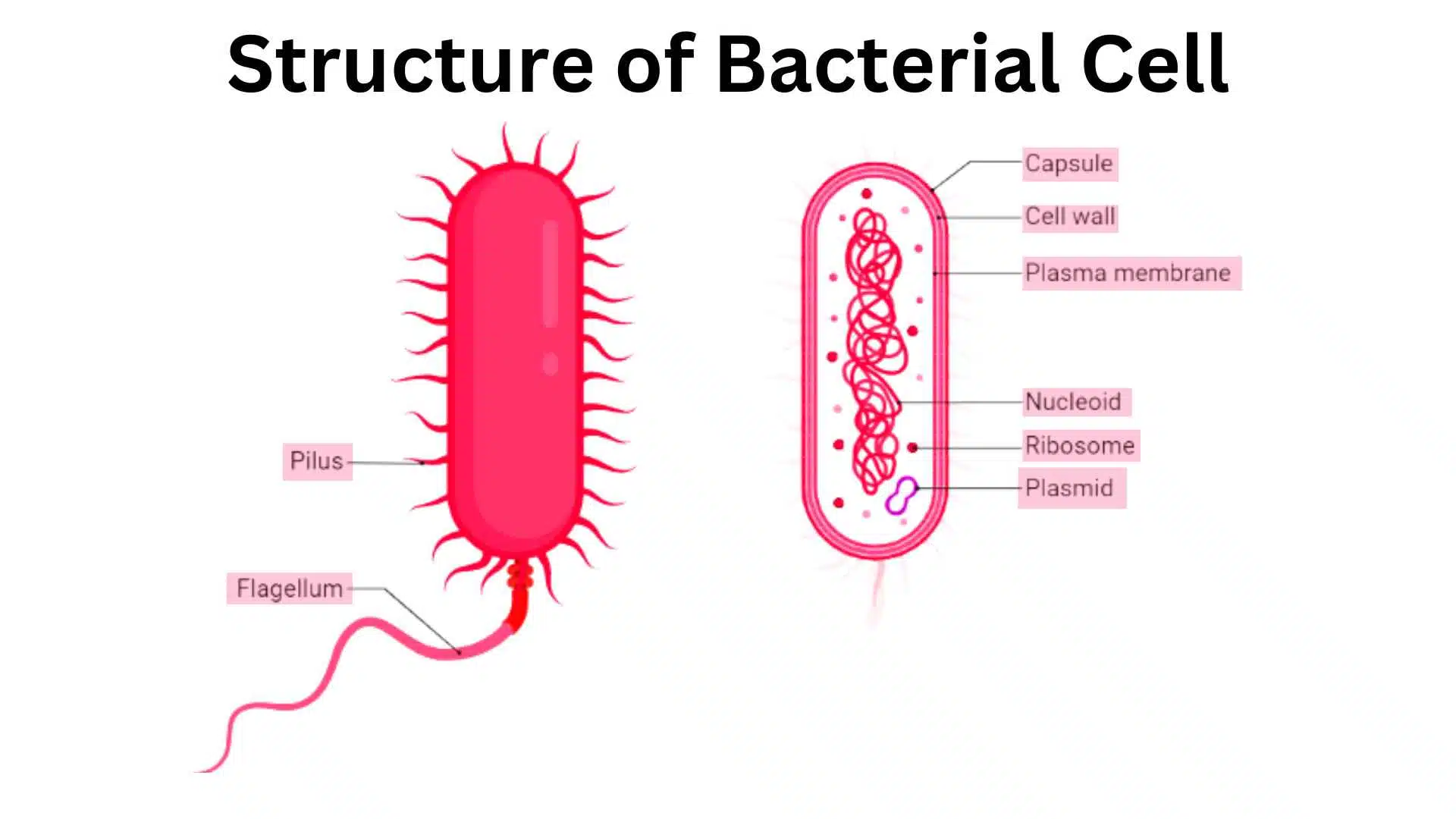Nutrition In Bacteria | Methods Of Nutrition In Bacteria
Bacteria are single-celled microorganisms that live everywhere in nature. Bacteria are responsible for decomposing dead matter, breaking down toxins, and producing antibiotics. There are many different types of bacteria, each with its characteristics. Bacteria need the energy to do things like grow, reproduce and move. They get this energy from making different types of chemicals found in our environment.
Most bacteria are either autotrophic or heterotrophic. Autotrophic bacteria can make their food using different pigments. Heterotrophic bacteria have to depend on other organisms for food. Parasitic bacteria get their food from the cells of the living things they live on.
Nutrition In Bacteria
Bacteria need energy to function and grow. This energy comes from their surroundings, and they use it to maintain their cell structure, reproduce, and create new cells.
Methods Of Nutrition In Bacteria:
There are two methods of nutrition in bacteria:
Heterotrophic Bacteria
Heterotrophic bacteria cannot synthesize their organic compounds from simple organic substances. Most of the bacteria are heterotrophic, They may be saprophytes or parasites.
Saprophytic Bacteria
A saprophyte is a microbe that lives off dead or decaying organic matter. Saprophytic Bacteria get their food from dead organic matter.
Soil contains organic matter called humus, which is full of nutrients. This organic matter is a material formed as a result of the partial decay of plants and animals.
Many soil-inhabiting bacteria have very extensive enzyme systems. They secrete enzymes in the humus. These enzymes break down the complex substance of the humus into simple compounds. The bacteria can absorb and use these substances for obtaining their energy.
Parasitic Bacteria
Parasites are microscopic organisms that live inside or on other animals. Parasitic Bacteria feed off their hosts’ blood and tissue. Some parasites cause disease, while others are beneficial to humans. They depend on their hosts for their nutrition
Autotrophic Bacteria
Autotrophic bacteria can synthesize necessary organic compounds from Inorganic substances. Some bacteria are autotrophic. There are two types of autotrophic bacteria:
Photosynthetic Bacteria
Photosynthetic Bacteria contain different pigments that help them in photosynthesis:
Type Of Pigment
Photosynthetic bacteria have chlorophyll, though it is a different kind from what is found in green plants. Green plants get their chlorophyll from chloroplasts, while in bacteria it is dispersed through the cytoplasm.
Reaction Of Photosynthesis
The autotrophic bacteria use hydrogen sulfide (HS) as a hydrogen source, instead of water. They release sulfur instead of oxygen.

Types Of Photosynthetic Bacteria
There are three types of photosynthetic bacteria. These are:
- Green sulfur bacteria.
- Purple sulfur bacteria
- Purple non-sulfur bacteria
Chemosynthetic Bacteria
Chemosynthetic bacteria get their energy by oxidizing inorganic compounds like ammonisulfurates, nitrites, sulfur, or ferrous iron. Nitrifying bacteria are also chemosynthetic bacteria.






Leave a Reply